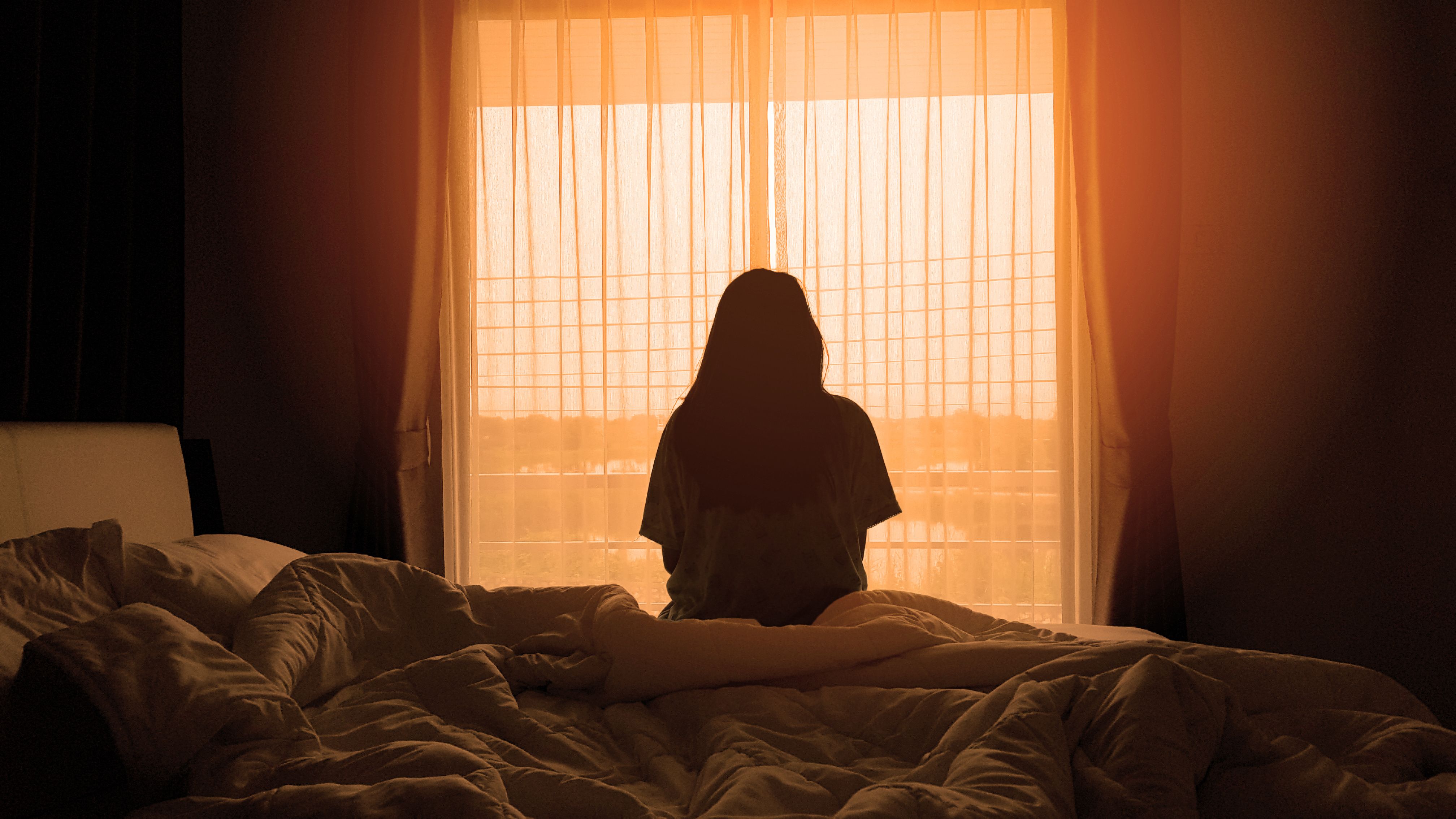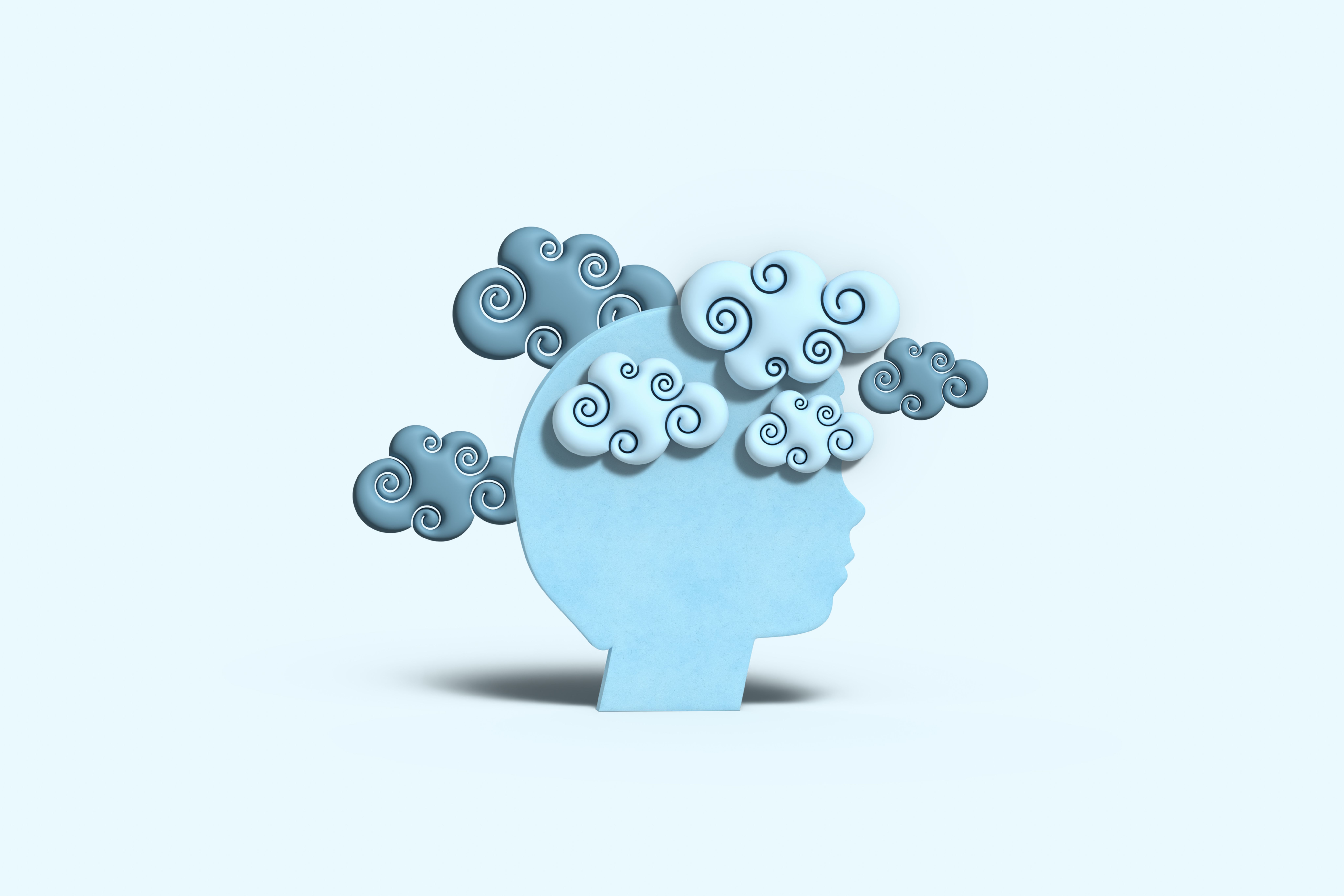News
Article
Home-Use Transcranial Direct Current Stimulation for a Major Depressive Episode
Author(s):
“Can I use this at home?” Researchers performed a randomized clinical trial of home-use transcranial direct current stimulation in patients with depression.
Kenstocker_AdobeStock

CASE VIGNETTE
“Mr Carson” is a 62-year-old Caucasian male with a history of recurrent, severe major depressive disorder (MDD). He is currently being treated with monotherapy with a selective serotonin reuptake inhibitor, and his depression has been in remission for the past 7 years. In his 20s, he had a brief course of electroconvulsive therapy for an episode of catatonia. He has a history of hypertension, but no other medical comorbidities.
At his most recent outpatient clinic visit, Mr Carson reports a mild worsening of depressive symptoms, which he attributes to the stress of the holiday season. He states that he has read about the use of at-home transcranial direct current stimulation (tDCS) devices for depression. He inquires whether purchasing and using such a device would be helpful for his mood. As his psychiatrist, how would you respond?
tDCSis a non-invasive brain stimulation modality with evidence for moderate efficacy in MDD.1,2 It involves the application of low currently through multiple scalp electrodes, which modulate neuronal excitability and neuroplasticity.3
Advantages of tDCS compared with other neurostimulation treatments are greater portability, and lower cost, and fewer adverse effects.4,5 However, tDCS requires daily administration.6 Therefore, at-home use of tDCS would increase scalability and enable more widespread adoption.
The efficacy of home-use tDCS has not been confirmed in rigorously controlled clinical studies.7
The Current Study
Borrione and colleagues8 conducted a randomized, sham-controlled, 6-week clinical trial of the efficacy, acceptability, and tolerability of home-use tDCS combined with a digital psychological intervention or digital placebo in adults with MDD (PSYLECT trial9). The PSYLECT trial was conducted from April 2021 to October 2022 at the Instituto de Psiquiatria do Hospital das Clínicas da Faculdade de Medicina da Universidade de São Paulo, Brazil, and in participants’ homes.
The trial employed a 3-arm, parallel, double-blinded design, in which 210 patients with MDD were randomly assigned (1:1:1) to double active, tDCS only, or double sham.
Inclusion criteria were age 18 to 59 years; diagnosis of MDD; current moderate or severe acute depression, defined by a Hamilton Depression Rating Scale (HDRS-17) score of >16; access to a smart phone and internet at home; and ≥ 8 years of formal education. Diagnosis was confirmed by a psychiatrist using the Mini International Neuropsychiatric Interview.
Exclusion criteria were major neurologic disorders, comorbid psychiatric disorders other than anxiety, and contraindications to tDCS. Participants were on a stable dose of antidepressant 6 weeks prior to enrollment, which was not changed. Concomitant benzodiazepines up to 10 mg/day diazepam (or equivalent) were permitted. Participants could have no more than 3 previous failed adequate antidepressant trials.
Study interventions included a home-use (used remotely and unsupervised) tDCS headset and a low-intensity digital psychological intervention delivered by application. Participants were instructed on how to operate the device, and tDCS sessions were to be performed at least 24 hours apart. Approximately 21 home-use tDCS sessions (2mA, 30 minutes/day, 5 times/week for 3 weeks, then 2 times/week for 3 weeks) were delivered.
Electrodes were placed approximately corresponding to the F3 and F4 locations in the international 10-20 EEG system.10 Premoistened saline sponges were used once per session. Stimulation only started with correct device placement, which was aided by an augmented-reality tool through a smartphone camera. The same parameters were used for sham stimulation, except for current.
The digital intervention was delivered during the tDCS sessions, whereby participants were exposed to text- and video-based content (approximately 5-minute sessions) derived from behavioral therapy. The sham intervention consisted of free internet browsing delivered through the same interface. Participants were instructed to perform a maximum of 2 to 3 digital intervention sessions per tDCS session. Except for the first and last assessments, all evaluations were performed remotely.
The primary efficacy outcome was the change in HDRS-17 score over time. tDCS-related adverse events were evaluated by questionnaire.5 Acceptability was assessed by the number of dropouts per group. Adherence was calculated based on the minutes of performed stimulation. Usability was assessed with 5 visual analog scales.
The study had 80% statistical power to detect an effect size of ≥0.4 for each of the 3 pairwise comparisons. Data were analyzed using the intention-to-treat sample. Continuous outcomes were analyzed using 2-level linear mixed-effects regression models. Adverse events and usability were analyzed with χ2-test or Fisher’s Exact test.
A total of 837 participants were screened online, of which 225 were screened onsite and 210 were randomized. The mean participant age was 39 years, 86% of participants were female, and 72% were Caucasian. The mean change in HDRS-17 scores from baseline was 8.2 in double active, 8.5 in tDCS only, and 7.7 in double sham. There were no significant group differences in time-by-treatment interactions in linear mixed-effects models.
There were no significant differences in remission or response by study group. Response rates were 31% in double active, 36% in tDCS only, and 38% in double sham. Remission was achieved in 14% in double active, 18% in tDCS only, and 21% in double sham. All groups considered the interventions to be easy to use.
Adverse effects more commonly reported by participants receiving tDCS were local skin redness and heat or burning sensations. There was 1 suicide attempt in the tDCS only group. No manic or hypomanic episodes occurred. Adherence rates to tDCS (active or sham) were in excess of 96% in all groups. Approximately 88% of participants completed >75% of psychological intervention sessions.
Study Conclusions
The investigators concluded that fully unsupervised home-use tDCS combined with digital psychological intervention or placebo was not superior to sham in improving depressive symptoms. The investigators noted that no major threats to the internal validity of the study were observed.
Potential study limitations included effects of a minimal (but not maximal) interval between tDCS sessions; fixed current intensity; the shorter trial duration; potential lack of precision on electrode positioning; and heterogeneous effects of the digital psychological intervention modules.
The Bottom Line
Fully unsupervised home-use tDCS combined with digital psychological intervention or placebo was not superior to sham in improving depressive symptoms. Therefore, this approach cannot be recommended as a tDCS modality in clinical practice.
Dr Miller is a professor in the Department of Psychiatry and Health Behavior at Augusta University in Georgia. He is on the Editorial Board and serves as the schizophrenia section chief for Psychiatric Times®. The author reports that he receives research support from Augusta University, the National Institute of Mental Health, and the Stanley Medical Research Institute.
References
1. Razza LB, Palumbo P, Moffa AH, et al. A systematic review and meta-analysis on the effects of transcranial direct current stimulation in depressive episodes. Depress Anxiety. 2020;37(7):594-608.
2. Moffa AH, Martin D, Alonzo A, et al. Efficacy and acceptability of transcranial direct current stimulation (tDCS) for major depressive disorder: an individual patient data meta-analysis. Prog Neuropsychopharmacol Biol Psychiatry. 2020;99:109836.
3. Lefaucheur JP, Wendling F. Mechanisms of action of tDCS: a brief and practical overview. Neurophysiol Clin. 2019;49(4):269-275.
4. Brunoni AR, Sampaio-Junior B, Moffa AH, et al. Noninvasive brain stimulation in psychiatric disorders: a primer. Braz J Psychiatry. 2019;41(1):70-81.
5. Aparício LVM, Guarienti F, Razza LB, et al. A systematic review on the acceptability and tolerability of transcranial direct current stimulation treatment in neuropsychiatry trials. Brain Stimul. 2016;9(5):671-681.
6. Charvet LE, Shaw MT, Bikson M, et al. Supervised transcranial direct current stimulation (tDCS) at home: a guide for clinical research and practice. Brain Stimul. 2020;13(3):686-693.
7. Alonzo A, Fong J, Ball N, et al. Pilot trial of home-administered transcranial direct current stimulation for the treatment of depression. J Affect Disord. 2019;252:475-483.
8. Borrione L, Cavendish BA, Aparicio LVM, et al. Home-use transcranial direct current stimulation for the treatment of a major depressive episode: a randomized clinical trial. JAMA Psychiatry. Published online January 3, 2024.
9. Borrione L, Cirillo PC, Aparicio LV, et al. A study protocol for an ongoing multi-arm, randomized, double-blind, sham-controlled clinical trial with digital features, using portable transcranial electrical stimulation and internet-based behavioral therapy for major depression disorders: the PSYLECT study. Expert Rev Neurother. 2022;22(6):513-523.
10. Borrione L, Suen PJC, Razza LB, et al. The Flow brain stimulation headset for the treatment of depression: overview of its safety, efficacy and portable design. Expert Rev Med Devices. 2020;17(9):867-878.
Newsletter
Receive trusted psychiatric news, expert analysis, and clinical insights — subscribe today to support your practice and your patients.






